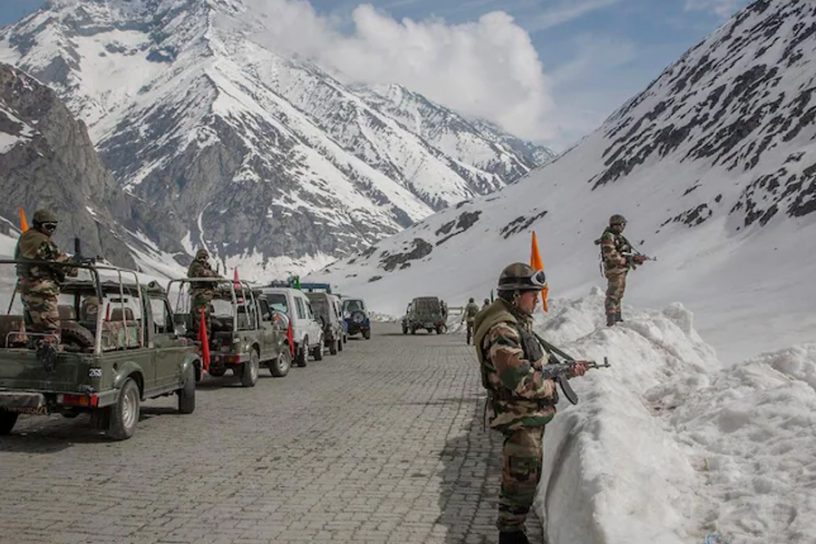
As China continues rising and posing challenges for the liberal, democratic Western world, countries like India have to take cognizance of the new realities around China and accordingly tweak their foreign policies in accordance, say the authors.
Authors
Sriparna Pathak, Associate Professor, Jindal School of International Affairs, O.P. Jindal Global University, Sonipat, Haryana, India.
Obja Borah Hazarika, Assistant Professor, Dibrugarh University, Assam, India.
Summary
India and China have been locked in a border standoff since May 2020. Even after 14 rounds of border talks between the two militaries, a resolution is nowhere in sight. This paper aims to outline how the events unfolded, track reactions from countries worldwide, and analyze the Chinese rationale behind the attacks.
Methodology
The paper follows an inductive form of reasoning and moves from the particular to the general. Statements on the digital platform from heads of state and important people in positions of power from both sides are taken cognizance of and analyzed. Both primary and secondary literature sources are looked into to outline how the crisis unfolded.
Findings
The Galwan crisis is a watershed moment in the history of India-China relations and has implications for regional and global stability. As China, owing to its economic and political clout in the international arena, continues rising and posing challenges for the liberal, democratic Western world, countries like India have to take cognizance of the new realities around China and accordingly tweak their foreign policies in accordance. For example, for India, it becomes essential to understand how it can recalibrate its relationship with China by taking note of the countries that stood by it during such a crisis with China.
Practical Implications
Useful for students of international relations and in research surrounding India-China relations. Literature on the crisis in one place, whether in the digital domain or otherwise, is complex. This paper will fill in that lacunae.
Originality
This paper presents a detailed account of how the crisis unfolded, where it currently stands, how countries across the globe responded and the underlying reasons behind China opting for this course of action. This article will help in understanding how future international relations will unfold.
Published in: Journal of Territorial and Maritime Studies
To read the full article, please click here.


